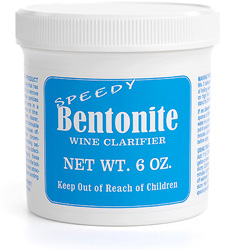 I’m really pleased with your service, but need some advice. Last year I produced about 13 gal. of blackberry wine with 13% alcohol with pretty good taste. Problem–not as clear as would like. I’ve used pectic enzymes, sparkolloid and the diatase enzymes. Would like your recommendation on further clearing.
I’m really pleased with your service, but need some advice. Last year I produced about 13 gal. of blackberry wine with 13% alcohol with pretty good taste. Problem–not as clear as would like. I’ve used pectic enzymes, sparkolloid and the diatase enzymes. Would like your recommendation on further clearing.
Thanks
Patrick J.
——
Hello Patrick,
Sorry to hear that your wine is not clear up all the way.
Usually when we see a situation like this in spring or early summer it is because the fermentation never did complete. In other words, the cloudiness is actually being caused by a slight resurgence of fermentation activity. The yeast went dormant during the cold winter months. But now, since things are warming up again, the yeast are starting to become active – just enough to cause the little bit of cloudiness you are experiencing.
If this is the situation, no wine finings will be able to clear a wine. The fermentation has to be allowed time to finish fermenting all the sugars.
One way to know if a renewed fermentation is what’s causing this cloudiness is to take a reading with a wine hydrometer to see if there are still sugars in the wine that could be causing a slight fermentation. This slight fermentation would most likely be too minor to detect by observing an air-lock, so using a hydrometer is the best way to determine this.
If you believe that there might be a fermentation going on, then your most practical course of action is to allow the wine to ferment until it is done. You can encourage the fermentation by adding a dose of yeast nutrient to the wine and by making sure the temperature stays between 70° and 75°F. Wine yeast is very sensitive to temperature.
If the wine hydrometer indicates that there are no sugars still in the wine, then we need to think about what wine making materials would best clear up the wine. If you have the book, First Steps In Winemaking, the author suggests using a bentonite fining, and I would tend to agree, particularly in the situation.
There are two reasons for this:
- Bentonite is good at clearing what Sparkolloid misses. So much so that some wineries will automatically use one then the other. Since you’ve already used Sparkolloid with limited success, it would only make sense to try its opposite.
- Bentonite is good at clearing excess proteins from a wine, including tannins. Sometimes when you have a wine that isn’t brilliantly clear at this late stage it is due to excessive tannin dropping or precipitating out of the wine. As a side note, warmer temperatures can induce this reaction as well.
Patrick, I hope this gives you some idea as to why your wine is not clear up all the way.
Happy Wine Making,
Ed Kraus
———————————–
Ed Kraus is a 3rd generation home brewer/winemaker and has been an owner of E. C. Kraus since 1999. He has been helping individuals make better wine and beer for over 25 years.


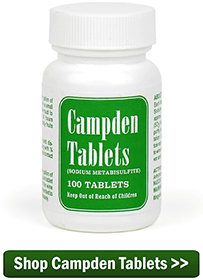
 First of all, your wine making articles are great. One answer I have not seen in your posted articles is whether to stir fining or clearing agents multiply times after adding them in wine. Your
First of all, your wine making articles are great. One answer I have not seen in your posted articles is whether to stir fining or clearing agents multiply times after adding them in wine. Your 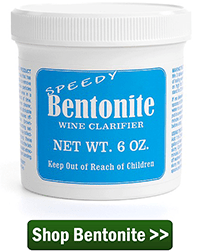
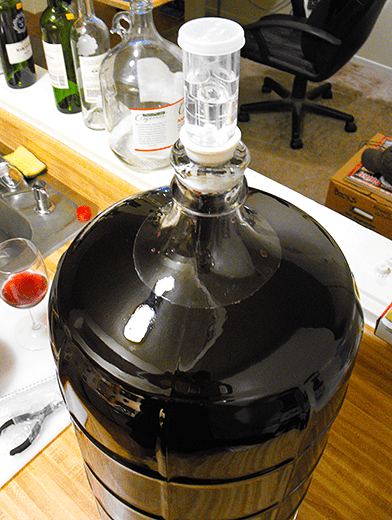 Ed, I was looking for answers for when a malo-lactic fermentation is completed and
Ed, I was looking for answers for when a malo-lactic fermentation is completed and 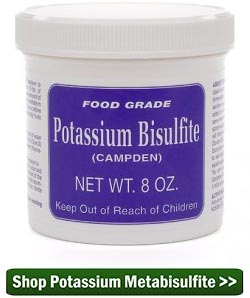
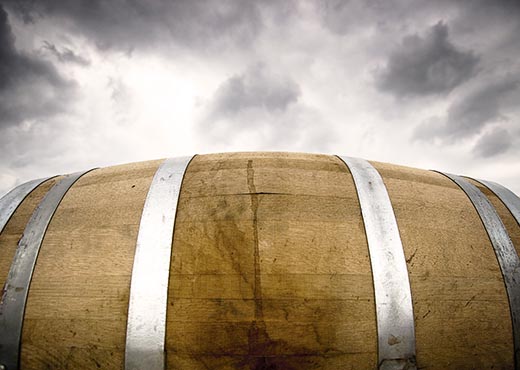 I am about to age Cabernet Sauvignon in a six-gallon barrel. Should I filter the wine before it goes into the barrel or after it comes out before bottling?
I am about to age Cabernet Sauvignon in a six-gallon barrel. Should I filter the wine before it goes into the barrel or after it comes out before bottling?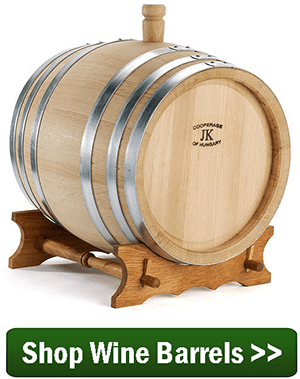
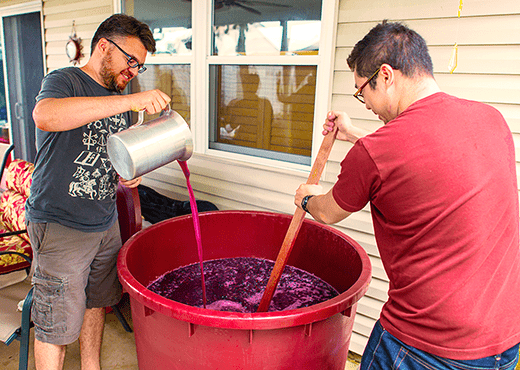 How do you add the yeast and yeast nutrients to the wine juice? Do you pour it on top and leave it be or do you mix/stir it in? This is for the primary fermentation.
How do you add the yeast and yeast nutrients to the wine juice? Do you pour it on top and leave it be or do you mix/stir it in? This is for the primary fermentation.
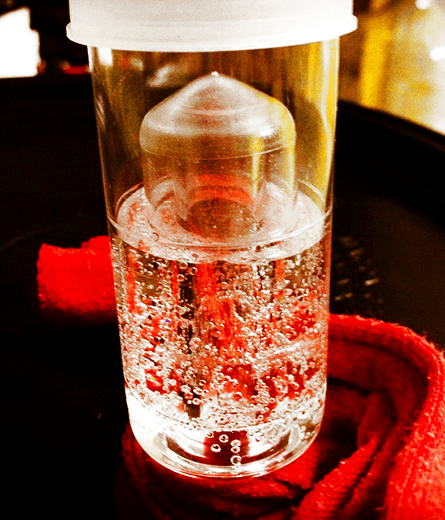 I am making several batches of wine and every one of them has formed a ring of black mold growing at the top of the airlock. I use cleanser water in the airlock assuming it will kill anything it comes in contact. What would cause this mold to form and will it hurt the wine?
I am making several batches of wine and every one of them has formed a ring of black mold growing at the top of the airlock. I use cleanser water in the airlock assuming it will kill anything it comes in contact. What would cause this mold to form and will it hurt the wine?
 I know nothing about mead. What does mead taste like? Dry or sweet.
I know nothing about mead. What does mead taste like? Dry or sweet.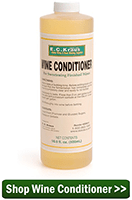
 Hi, I have two one gallon batches of wine going. One is blueberry and the other is muscadine. They both smell and taste soured. What is wrong?
Hi, I have two one gallon batches of wine going. One is blueberry and the other is muscadine. They both smell and taste soured. What is wrong?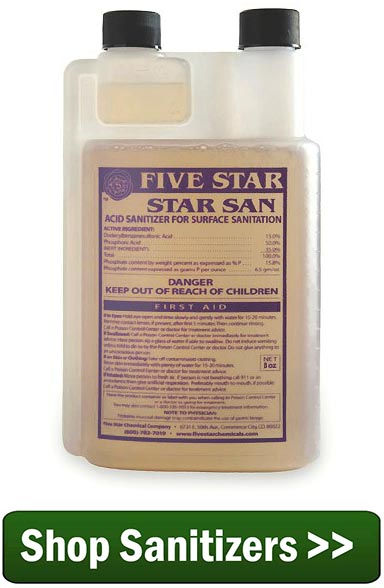
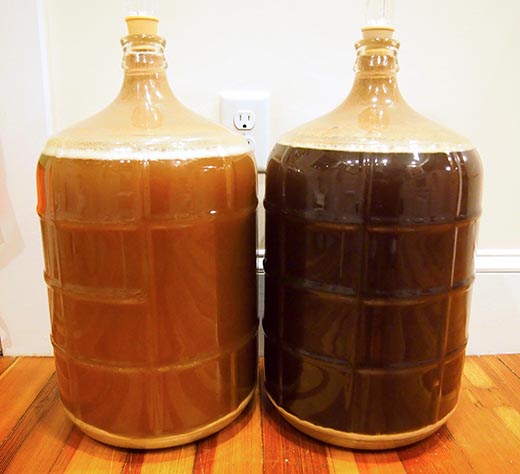 Hi there, I have to say, thank you for the amazing site. It’s been a wealth of knowledge… I will hopefully be moving cross country in the next few months. Currently I have two wines I am in the process of making… My questions are what would be the best way to transport a possibly bulk fermenting wine? If they are done fermenting am I safe to degas the wines, then plug the carboys and move or should I add something to either of them? As a side note, I do plan on making crates to protect the carboys…
Hi there, I have to say, thank you for the amazing site. It’s been a wealth of knowledge… I will hopefully be moving cross country in the next few months. Currently I have two wines I am in the process of making… My questions are what would be the best way to transport a possibly bulk fermenting wine? If they are done fermenting am I safe to degas the wines, then plug the carboys and move or should I add something to either of them? As a side note, I do plan on making crates to protect the carboys…